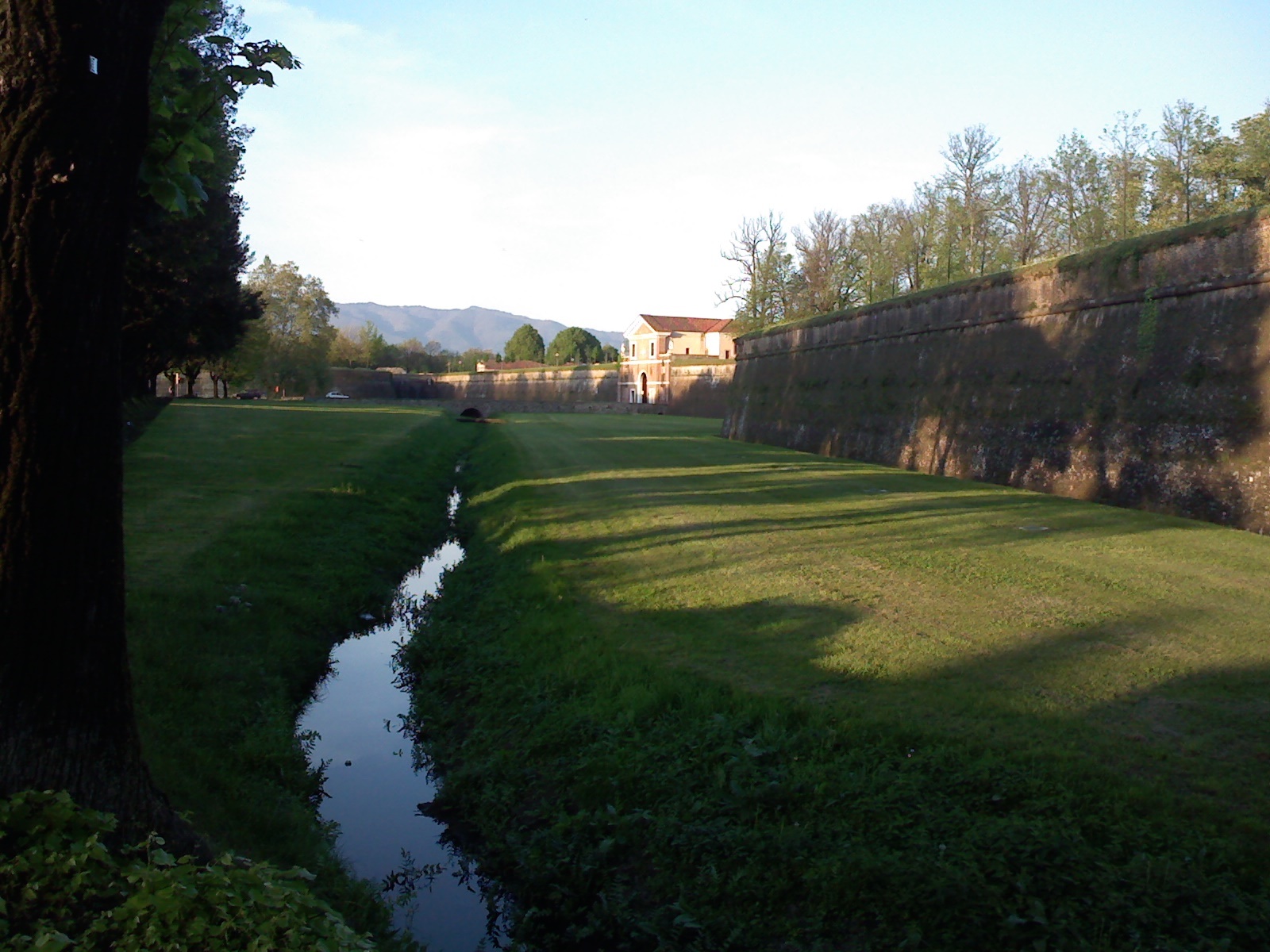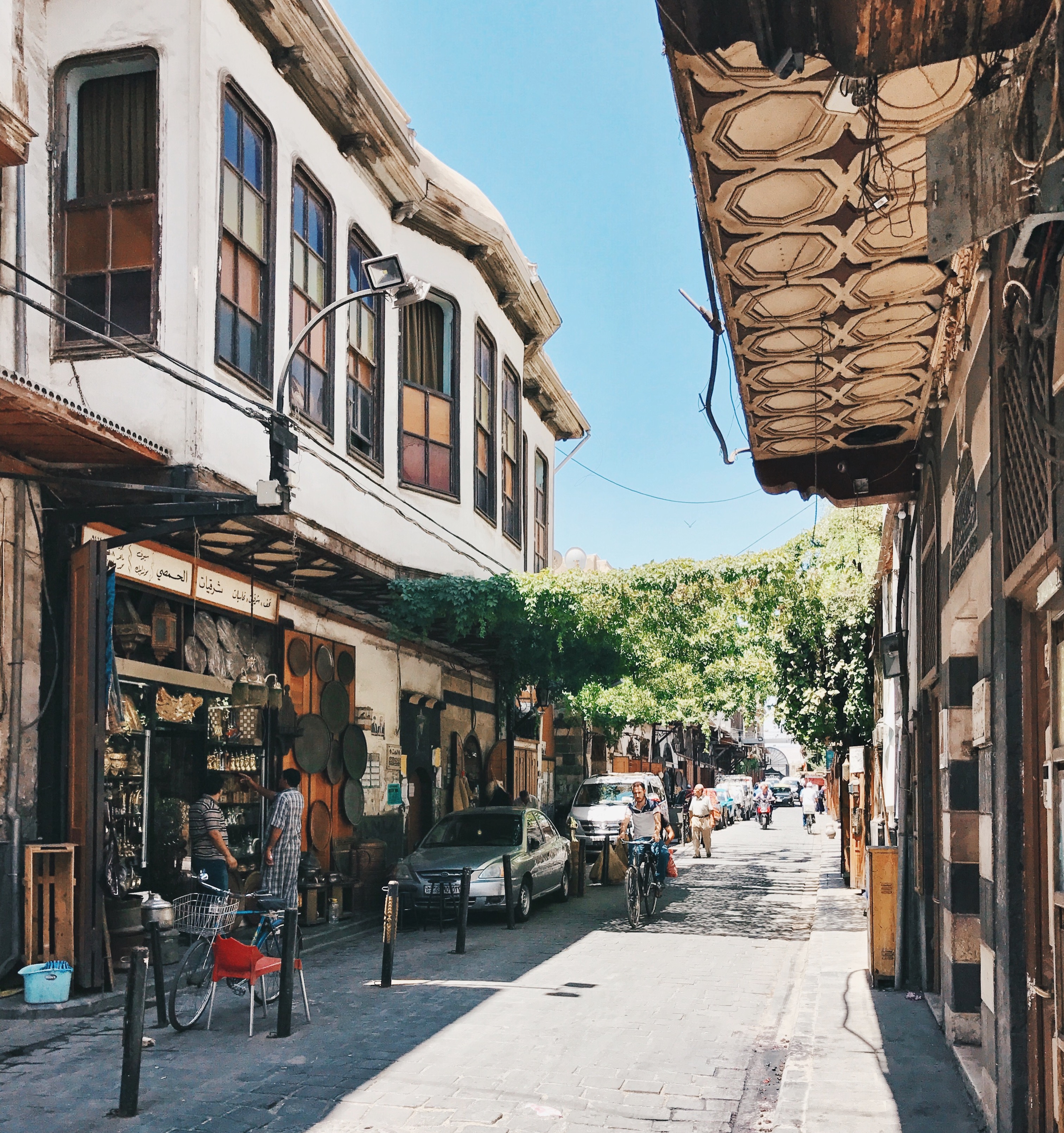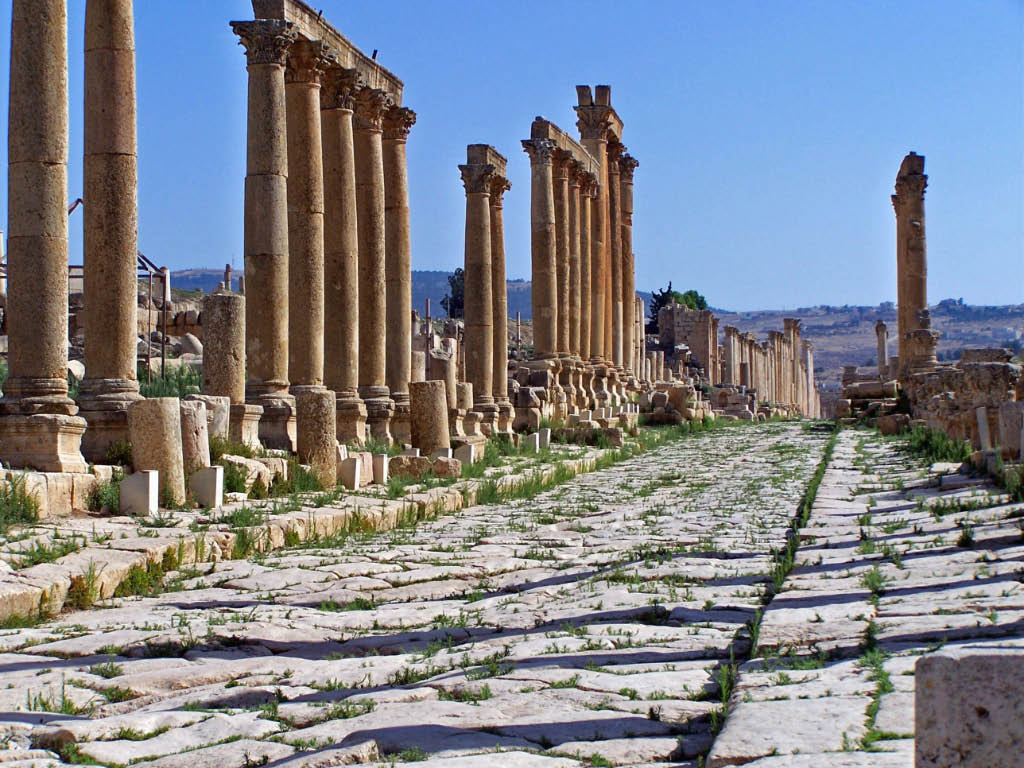|
Walls Of Lucca
The walls of Lucca are a series of stone, brick, and earthwork fortifications surrounding the central city of Lucca in Tuscany, Italy. They are among the best preserved Renaissance fortifications in Europe, and at 4 kilometers and 223 meters in circumference they are the second largest intact example of a fully walled Renaissance city after Nicosia, Cyprus. The current walls of Lucca, which replaced earlier medieval and Roman fortifications, are the result of a construction campaign that started on May 7, 1504 and ended a century and a half later in 1648, with additional structural updates in the second half of the seventeenth century based on new knowledge and construction techniques. These walls play an important role in the cultural identity of the city of Lucca and its surroundings, and as a physical monument to the region's history, and Lucca's longstanding independence as a republic. The walls were also conceived as a deterrent and have never seen military use. At the time ... [...More Info...] [...Related Items...] OR: [Wikipedia] [Google] [Baidu] |
Lucca
Lucca ( , ) is a city and ''comune'' in Tuscany, Central Italy, on the Serchio River, in a fertile plain near the Ligurian Sea. The city has a population of about 89,000, while its province has a population of 383,957. Lucca is known as one of the Italian's "Città d'arte" (Arts town), thanks to its intact Renaissance-era city walls and its very well preserved historic center, where, among other buildings and monuments, are located the Piazza dell'Anfiteatro, which has its origins in the second half of the 1st century A.D. and the Guinigi Tower, a tower that dates from the 1300s. The city is also the birthplace of numerous world-class composers, including Giacomo Puccini, Alfredo Catalani, and Luigi Boccherini. Toponymy By the Romans, Lucca was known as ''Luca''. From more recent and concrete toponymic studies, the name Lucca has references that lead to "sacred wood" (Latin: ''lucus''), "to cut" (Latin: ''lucare'') and "luminous space" (''leuk'', a term used by the firs ... [...More Info...] [...Related Items...] OR: [Wikipedia] [Google] [Baidu] |
María Luisa De Borbón
, succession = Queen consort of Etruria , image = Maria Luisa of Spain, queen of Etruria and duchess of Lucca.jpg , caption = Portrait by François-Xavier Fabre , reign = 21 March 1801 – 27 May 1803 , reign-type = Tenure , predecessor = Elisa Bonaparte , succession1 = Duchess of Lucca , reign1 = 9 June 1815 – 13 March 1824 , successor1 = Charles I , spouse = Louis of Etruria , issue = , house = Bourbon , father = Charles IV of Spain , mother = Maria Luisa of Parma , religion = Roman Catholicism , birth_date = , birth_place = Palace of San Ildefonso, Segovia, Spain , death_date = , death_place = Rome, Papal States , burial_place = El Escorial, Madrid Maria Luisa of Spain (, 6 July 178213 March 1824) was a Spanish infanta, daughter of King Charles IV and his wife, Maria Luisa of Parma. In 1795, she married her first cousin Louis, Hereditary Prince of Parma. She spent the first ... [...More Info...] [...Related Items...] OR: [Wikipedia] [Google] [Baidu] |
Porta San Pietro, Lucca 11
Porta can refer to: People * Porta (rapper) (born 1988), stagename of Christian Jiménez Bundo, a Spanish rap singer * Bernardo Porta (1758–1829), Italian composer active in France * Bianca Della Porta (born 1991), Canadian ice hockey and rugby player * Carlo Porta (1775–1821), Italian poet in the Milanese dialect * Costanzo Porta (1528–1601), Italian composer of the Renaissance * Giacomo della Porta (1532–1602), Italian sculptor and architect * Giambattista della Porta (1535–1615), Neapolitan physician and playwright * Giovanni Porta (1675–1755), Italian composer * Hugo Porta (born 1951), Argentine rugby union footballer * Livio Dante Porta (1923–2003), Argentine engineer * Luigi Porta (1800–1875), Italian surgeon * Miquel Porta (born 1957), Spanish epidemiologist and scholar * Richard Porta (born 1983), Uruguayan Australian footballer Places * La Porta, a commune in the Haute-Corse department of France on the island of Corsica * Porta (Barcelona) a neighbourh ... [...More Info...] [...Related Items...] OR: [Wikipedia] [Google] [Baidu] |
List Of Rulers Of Tuscany
The rulers of Tuscany varied over time, sometimes being margraves, the rulers of handfuls of border counties and sometimes the heads of the most important family of the region. Margraves of Tuscany, 812–1197 House of Boniface :These were originally counts of Lucca who extended their power over the neighbouring counties. * Boniface I, 812–823 *Boniface II, 828–834 * Aganus, 835–845 * Adalbert I, 847–886 * Adalbert II the Rich, 886–915 * Guy, 915–929 * Lambert, 929–931 House of Boso :These were the (mostly illegitimate) relatives of Hugh of Arles, King of Italy, whom he appointed to their post after removing the dynasty of Boniface * Boso, 931–936 *Humbert, 936–961 *Hugh the Great, 961–1001 House of Hucpold * Boniface (III), 1004–1011 Nondynastic * Rainier, 1014–1027 House of Canossa :These were the descendants of the Counts of Canossa. *Boniface III, 1027–1052 *Frederick, 1052–1055 *Matilda, 1055–1115 **Beatrice of Bar, 1052–1069 (regent as mot ... [...More Info...] [...Related Items...] OR: [Wikipedia] [Google] [Baidu] |
Bastion
A bastion or bulwark is a structure projecting outward from the curtain wall of a fortification, most commonly angular in shape and positioned at the corners of the fort. The fully developed bastion consists of two faces and two flanks, with fire from the flanks being able to protect the curtain wall and the adjacent bastions. Compared with the medieval fortified towers they replaced, bastion fortifications offered a greater degree of passive resistance and more scope for ranged defence in the age of gunpowder artillery. As military architecture, the bastion is one element in the style of fortification dominant from the mid 16th to mid 19th centuries. Evolution By the middle of the 15th century, artillery pieces had become powerful enough to make the traditional medieval round tower and curtain wall obsolete. This was exemplified by the campaigns of Charles VII of France who reduced the towns and castles held by the English during the latter stages of the Hundred Years War, ... [...More Info...] [...Related Items...] OR: [Wikipedia] [Google] [Baidu] |
Francesco Di Giorgio Martini
Francesco di Giorgio Martini (1439–1501) was an Italian architect, engineer, painter, sculptor, and writer. As a painter, he belonged to the Sienese School. He was considered a visionary architectural theorist—in Nikolaus Pevsner's terms: "one of the most interesting :Italian architects, later Quattrocento architects". As a military engineer, he executed architectural designs and sculptural projects and built almost seventy fortifications for the Federico da Montefeltro, Federico da Montefeltro, Count (later Duke) of Urbino, building city walls and early examples of Star fort, star-shaped fortifications. Born in Siena, he apprenticed as a painter with Vecchietta. In panels painted for ''Cassone, cassoni'' he departed from the traditional representations of joyful wedding processions in frieze-like formulas to express visions of ideal, symmetrical, vast and all but empty urban spaces rendered in perspective (graphical), perspective. He composed an architectural treatis''T ... [...More Info...] [...Related Items...] OR: [Wikipedia] [Google] [Baidu] |
Matteo Civitali
Matteo Civitali (1436–1501) was an Italian Renaissance sculptor and architect, painterThe only known painting attributed to Matteo, a triptych of the ''Virgin and Child with Saints Michael Archangel, John the Baptist, Biagio and Peter'', executed in 1467–69, was loaned to the 2004 exhibition. and engineer from Lucca. He was a leading artistic personality of the Early Renaissance in Lucca, where he was born and where most of his work remains. Biography He was trained in Florence, where Antonio Rossellino and Mino da Fiesole influenced his mature style. He is known to have sculpted statues of Adam, Eve, Abraham, Saints Zacchariah and Elizabeth, and others for the chapel of San Giovanni Battista in Genoa Cathedral.R. Soprani and CG. Ratti. He is mentioned with the name of ''Matteo Civitali'' by Vasari in his biography of Jacopo della Quercia, and appears to have taken up the art of sculpture at the age of 40 years, after years of practicing as a "barber" (surgeon). While consider ... [...More Info...] [...Related Items...] OR: [Wikipedia] [Google] [Baidu] |
Via Francigena
The Via Francigena () is an ancient road and pilgrimage route running from the cathedral city of Canterbury in England, through France and Switzerland, to Rome and then to Apulia, Italy, where there were ports of embarkation for the Holy Land. It was known in Italy as the "''Via Francigena''" ("the road that comes from France") or the "''Via Romea Francigena''" ("the road to Rome that comes from France"). In medieval times it was an important road and pilgrimage route for those wishing to visit the Holy See and the tombs of the apostles Peter and Paul. History of the pilgrimage to Rome In the Middle Ages, Via Francigena was the major pilgrimage route to Rome from the north. The route was first documented as the "Lombard Way", and was first called the ''Iter Francorum'' (the "Frankish Route") in the ''Itinerarium sancti Willibaldi'' of 725, a record of the travels of Willibald, bishop of Eichstätt in Bavaria. It was ''Via Francigena-Francisca'' in Italy and Burgundy, the ''Chemin ... [...More Info...] [...Related Items...] OR: [Wikipedia] [Google] [Baidu] |
Porta San Gervasio, Xiii Secolo, 012
Porta can refer to: People * Porta (rapper) (born 1988), stagename of Christian Jiménez Bundo, a Spanish rap singer * Bernardo Porta (1758–1829), Italian composer active in France * Bianca Della Porta (born 1991), Canadian ice hockey and rugby player * Carlo Porta (1775–1821), Italian poet in the Milanese dialect * Costanzo Porta (1528–1601), Italian composer of the Renaissance * Giacomo della Porta (1532–1602), Italian sculptor and architect * Giambattista della Porta (1535–1615), Neapolitan physician and playwright * Giovanni Porta (1675–1755), Italian composer * Hugo Porta (born 1951), Argentine rugby union footballer * Livio Dante Porta (1923–2003), Argentine engineer * Luigi Porta (1800–1875), Italian surgeon * Miquel Porta (born 1957), Spanish epidemiologist and scholar * Richard Porta (born 1983), Uruguayan Australian footballer Places * La Porta, a commune in the Haute-Corse department of France on the island of Corsica * Porta (Barcelona) a neighbourh ... [...More Info...] [...Related Items...] OR: [Wikipedia] [Google] [Baidu] |
Roman Forum
The Roman Forum, also known by its Latin name Forum Romanum ( it, Foro Romano), is a rectangular forum (plaza) surrounded by the ruins of several important ancient government buildings at the center of the city of Rome. Citizens of the ancient city referred to this space, originally a marketplace, as the ', or simply the '. For centuries the Forum was the center of day-to-day life in Rome: the site of triumphal processions and elections; the venue for public speeches, criminal trials, and gladiatorial matches; and the nucleus of commercial affairs. Here statues and monuments commemorated the city's great men. The teeming heart of ancient Rome, it has been called the most celebrated meeting place in the world, and in all history. Located in the small valley between the Palatine and Capitoline Hills, the Forum today is a sprawling ruin of architectural fragments and intermittent archaeological excavations attracting 4.5 million or more sightseers yearly. Many of the olde ... [...More Info...] [...Related Items...] OR: [Wikipedia] [Google] [Baidu] |
Decumanus Maximus
In Roman urban planning, a decumanus was an east–west-oriented road in a Roman city or castrum (military camp). The main decumanus of a particular city was the Decumanus Maximus, or most often simply "the Decumanus". In the rectangular street grid of the typical Roman city plan, the decumanus was crossed by the perpendicular cardo, a north–south street. In a military camp, the decumanus connected the Porta Praetoria (closest to the enemy) to the Porta Decumana (away from the enemy). In the center – called '' groma'' – of a city or castrum, the Decumanus Maximus crossed the perpendicular ''Cardo Maximus'', the primary north–south road. The Forum was normally located close to this intersection of the Decumanus Maximus and the Cardo Maximus. Etymology ''Decumanus'' or ''decimanus'' was the Latin word for 'tenth'. This name is said to come from the fact that the ''via decumana'' or ''decimana'' (the ''tenth'') separated the Tenth Cohort from the Ninth in the legionary enc ... [...More Info...] [...Related Items...] OR: [Wikipedia] [Google] [Baidu] |
Cardo
A cardo (plural ''cardines'') was a north–south street in Ancient Roman cities and military camps as an integral component of city planning. The cardo maximus, or most often the ''cardo'', was the main or central north–south-oriented street. Etymology The ''cardo maximus'' was the "hinge" or axis of the city, derived from Greek καρδίᾱ, kardia ("heart") and as such was generally lined with shops and vendors, and served as a hub of economic life. Most Roman cities also had a Decumanus Maximus, an east–west street that served as a secondary main street. Due to varying geography, in some cities the Decumanus is the main street and the Cardo is secondary, but in general the Cardo maximus served as the primary street. The Forum was normally located at, or close to, the intersection of the Decumanus and the Cardo. Examples Apamea, Syria The Cardo Maximus of Apamea, Syria ran through the centre of the city directly from North to South, linked the principal gates of t ... [...More Info...] [...Related Items...] OR: [Wikipedia] [Google] [Baidu] |


_-_A215_-_Hispanic_Society_of_America.jpg)
.jpg)
.jpg)




